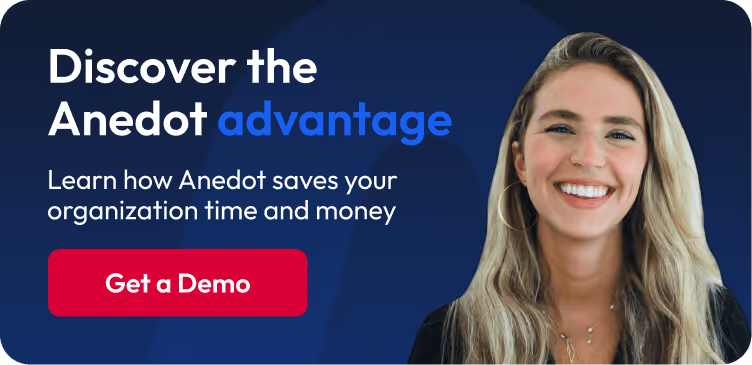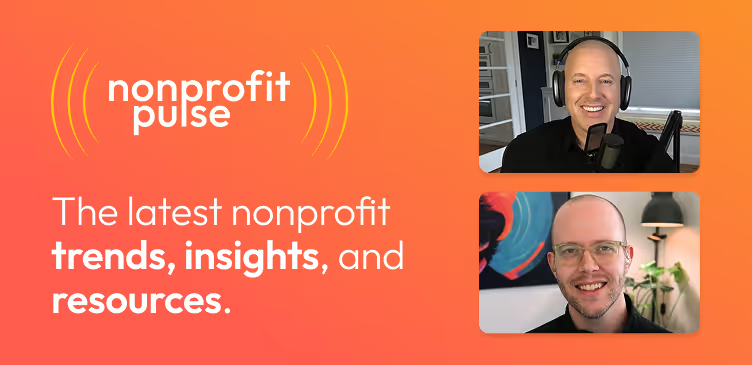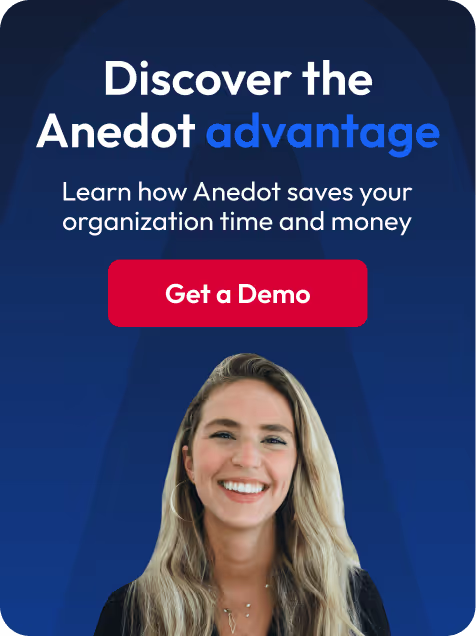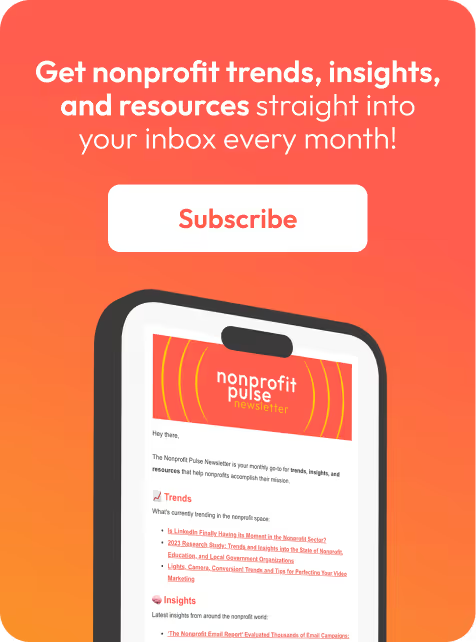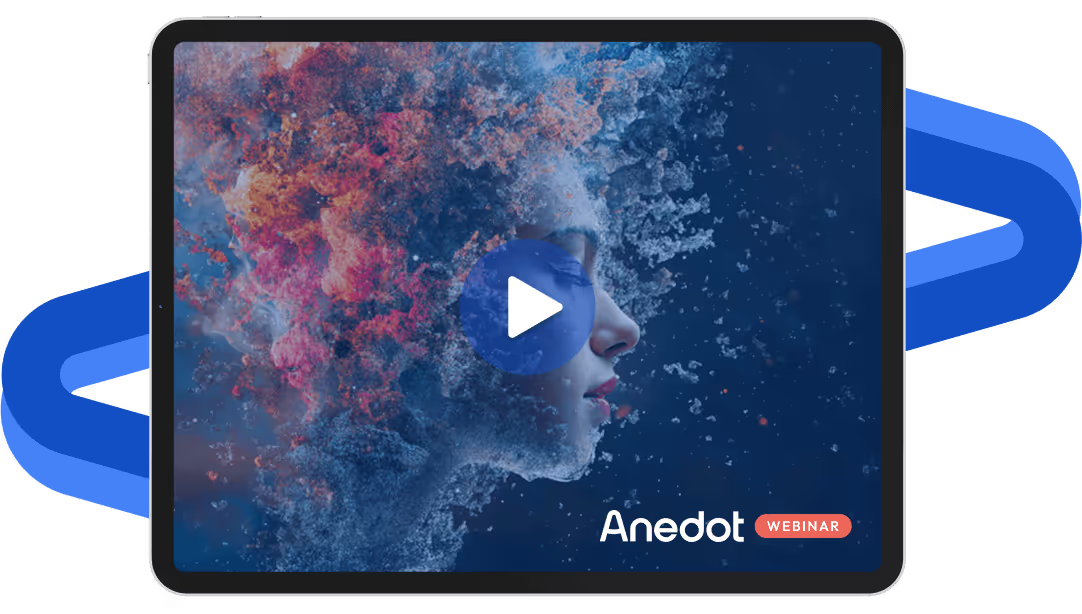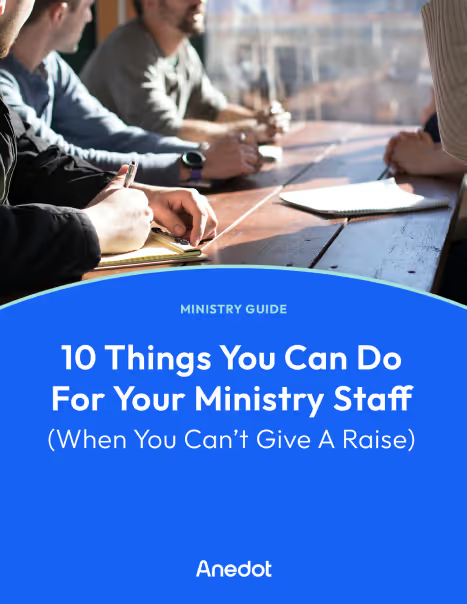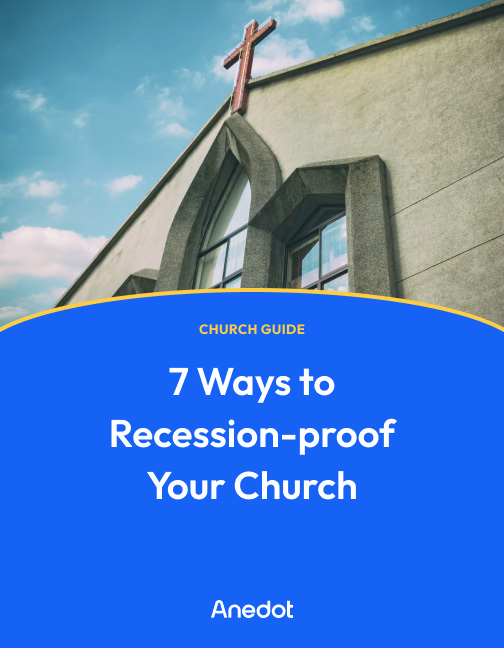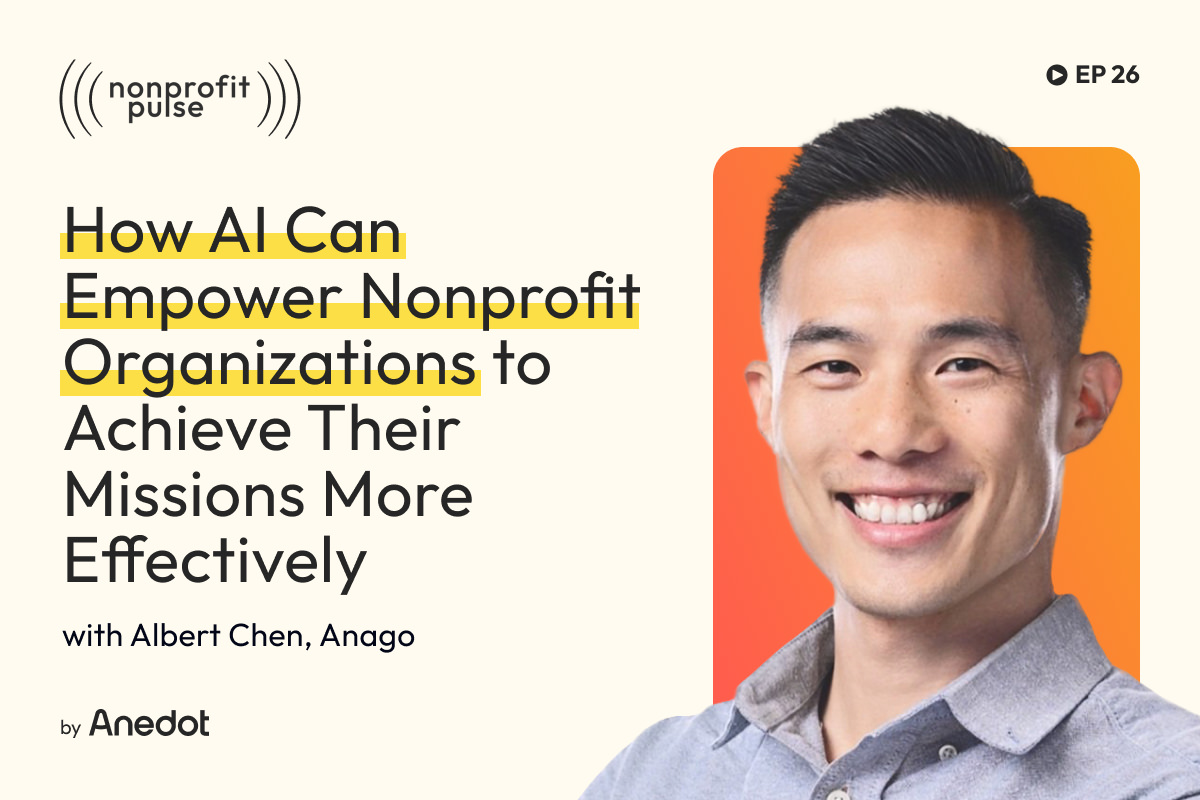To run a nonprofit effectively, you need people to give.
But what happens when people aren’t giving to your organization?
You’ve done all the “right things.” You’ve created a beautiful, user-friendly website, set up social media accounts, and created email marketing campaigns to remind people of your mission and values.
Still, it’s crickets on your website. Very few visitors are converting to donors, and even fewer people are setting up recurring gifts to your nonprofit.
In the following article, we’ll look at five reasons why people don't donate to your nonprofit.
5 reasons why people don't donate to your nonprofit organization

Not everyone is able to give financially, even if they’re passionate about the cause you’re promoting.
Still, many people are inclined to give to charitable causes. Even in 2020–a year of unprecedented economic uncertainty – Americans gave $471 billion to nonprofit organizations.
Younger adults are also likely to donate money to charities, despite the stereotypes surrounding Millennials. In fact, Millennials donate an average of $13,654 a year to nonprofits, making them the most generous generation.
That’s good news for nonprofits. There are plenty of people willing to give. The trick is figuring out how to compel them to action.
Here are five reasons you may be missing out on key financial partnerships.
Reason #1: You’re not calling potential donors to action

A “call to action,” or CTA, is a classic marketing term that refers to buttons or hyperlinked phrases that ask you to do something. “Buy Now,” “Learn More,” or “Partner with Us” are all examples of calls to action.
Calls to action are easy to write and create, in theory. But for many of us, “Give Now” can feel cringeworthy, too straightforward, and too sales-y.
Here’s the problem: You need to be straightforward to ask people to take action.
Potential donors aren’t going to take the time to read between the lines to understand what you want them to do.
You need to make it simple, fast, and intuitive for them to donate cash.
Here are a few strategies for using CTAs effectively on your website, print materials, social media accounts, and email campaigns.
You need more than one call to action
If it feels challenging to write “Give Now,” you better get used to it.
Why? Because you’re going to ask people to “Give Now” several times on the same page or account.
On your website, make sure there is more than one button or link for asking people to donate (one in the header and one in the footer should be sufficient).
On your social media account, include a link to give in your bio. Then remind people again in the body of your post.
On print materials, reiterate an option for giving at least twice (in a fundraising letter, for example).
Make it short and sweet
CTAs are short and sweet. “Partner With Us,” “Make a Gift,” and “Sponsor a Child” are only three words long, but they pack a punch.
Link the CTA to an online donation page
Use an online donation platform like Anedot to make it simple and convenient for donors to make a one-time gift, or set up a recurring donation on their laptop computers or mobile devices.
If you’re running a print campaign, make sure to include a separate donation form where donors can input their credit card information or write a check.
Bottom line: It’s your job to call potential donors to action. Make it simple for them to respond, and make it simple for them to give.
Reason #2: You haven’t built an email list

Your email list is everything.
Catch that?
Your email list is EVERYTHING.
(If all-caps don’t get you, we don’t know what will).
The truth is, email is still the most effective form of marketing. According to management consulting firm McKinsey, email is 40 times more effective than Facebook and Twitter.
In other words, if you have 50,000 followers on Twitter but only 100 people on your email list, don’t expect much return.
Your email list is critical for building ongoing relationships with potential donors.
Social media helps to build branding and increase awareness of your cause–which are certainly important parts of a nonprofit. But sending emails helps you to personally connect with your audience and asks them more directly to take action.
Here are a few strategies for building an email list for your nonprofit.
Use a lead generator
Create something that potential donors might find interesting, like a mini ebook that gives detailed stats, case studies, and human interest stories surrounding your cause.
You can offer this piece for free on your website in exchange for an email signup.
Host an online webinar
A live online webinar is a great way to collect email addresses and create excitement and interest around your cause.
Create an awesome email newsletter
Make sure your email campaigns are worth reading. Consider your ideal donor and craft something that they would find valuable, such as a listicle, a case study, or an infographic.
Finally, don’t forget to segment your email list. “Existing donors,” “potential donors,” and “former donors” need to be defined.
You may also want to segment your list according to donor size. Large donors may get a different type of email update, for example.
Reason #3: You’re missing hard data

A beautifully crafted human interest story can move people to compassion and action.
But hard data is proof of a concrete reality that’s difficult to ignore, or dismiss as a singular event.
People want to know:
- How compelling the need is. For example, if your nonprofit is helping the homeless in your community, then provide information on rates of homelessness and substance abuse.
- How their money is being used. If your nonprofit is providing care for single mothers in need, provide information on how donor money is used for providing counseling and education and buying clothing, diapers, and formula. You may even use information like, “$15 can be used to buy diapers for one month” or “$1,000 will pay for a laptop for one mom to do school online.”
You may choose to present this data in a simple fact sheet, a listicle blog post, or an infographic.
Then, promote this content across multiple channels to create awareness and strengthen your cause.
Collecting hard data requires additional time and organization on your part. But it pays off.
When you’re able to tell donors how pressing the need is and how their money is being used, you create a much more powerful case for donating to your nonprofit.
Reason #4: Your messaging is confusing

If you’re running a nonprofit, you’ve likely been immersed in your cause for years or even decades.
You’re passionate about the cause, you know the facts inside and out, and you have a rich understanding of the solutions.
This may not be the case for potential donors.
To educate your target audience–and call them to partner with you–your messaging needs to be as clear as possible.
They need to understand the problem you’re trying to solve, the solutions, and how financial partnership will help.
Here are some rules for writing copy that is clear, concise, and effective.
Don’t make assumptions
Don’t assume that your audience understands terms like “trafficking,” for example. Define terms for your audience and explain problems and solutions clearly.
Write simply
Writing a fundraising letter or website copy for your nonprofit isn’t an opportunity to be fancy. Use simple words. For example, say “fix” instead of “repair.” (If this feels offensive, consider the fact that most popular novels are written at a 7th-grade level).
Break it up
Many people “skim read” instead of actually reading a piece of content word for word.
Breaking up your copy helps readers quickly understand information, and prevents them from missing your point (Give to the cause!) Think short paragraphs, headers, and plenty of bullet points.
Finally, write short sentences. If you’re unable to explain what you’re doing without being wordy, then you may need to redefine your mission statement.
Reason #5: You’re inconsistent

When you’re asking someone to give to your organization, you may feel like one “ask” is enough. After all, you don’t want to pester them.
Here’s the problem with that logic. We live in an age of information overload.
Every day, your prospective donors see thousands of advertisements, scroll through hundreds of social media posts, and receive an average of 100+ emails.
In 2022, people need multiple touchpoints with a piece of information to respond.
Traditional wisdom says that someone needs to see something seven times before they respond. While the actual number will vary, you may need to contact a prospective donor several times before they finally say “yes.”
Be consistent with email campaigns, social media posting, and print letters. Continue to provide valuable information, continue to spread awareness, and continue to ask for financial partnership.
Anedot makes it simple to give

When you combine the above strategies with a killer website, strategic email campaign, and even a good old fashioned direct mail campaign, you’re on the right track to boosting your response rate.
Using Anedot can make it even easier to get a great response.
With Anedot, you can set up a donation page, manage your finances, and even run a text-to-give campaign to make straightforward and convenient.
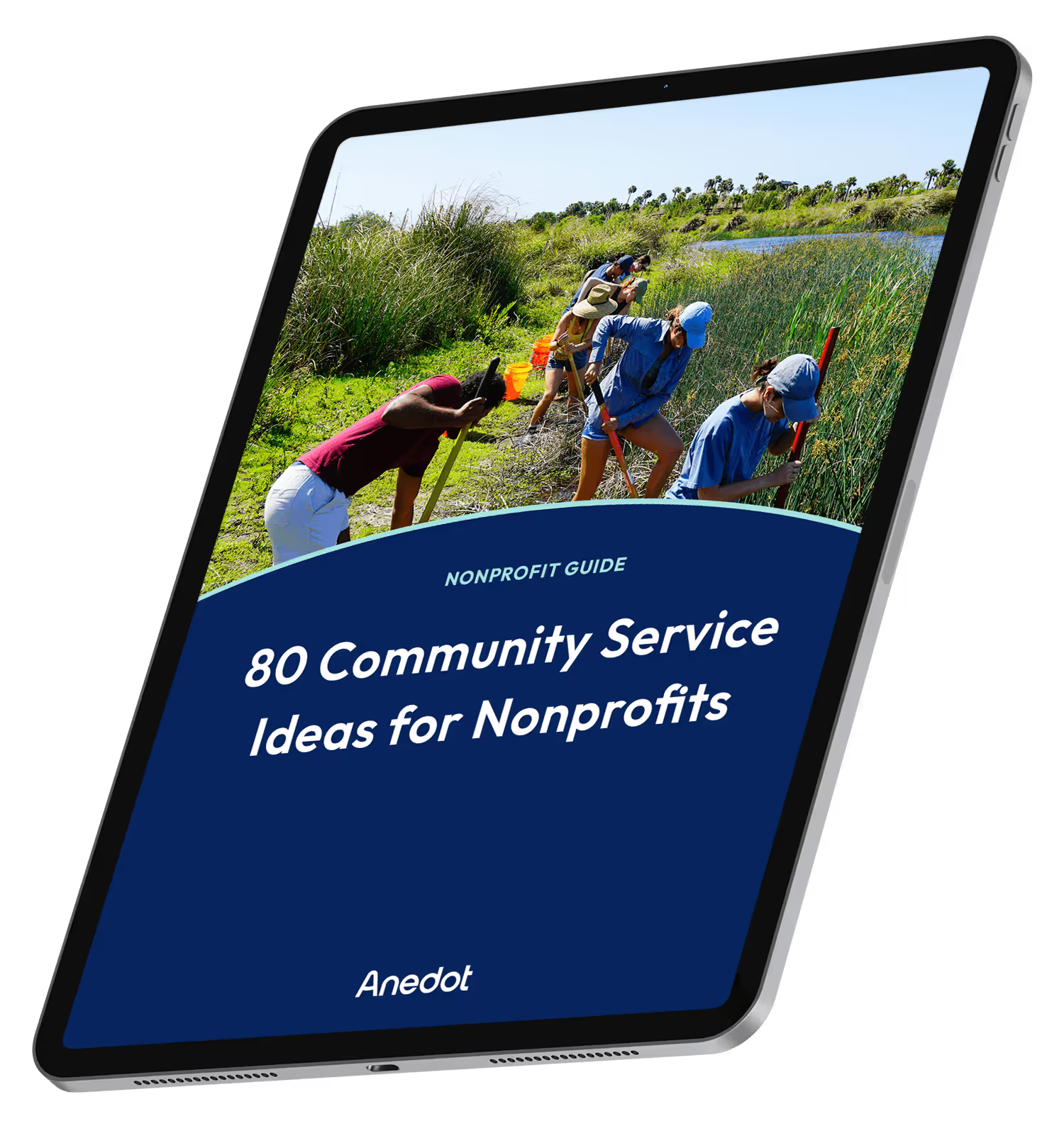
80 Community Service Ideas for Nonprofits
